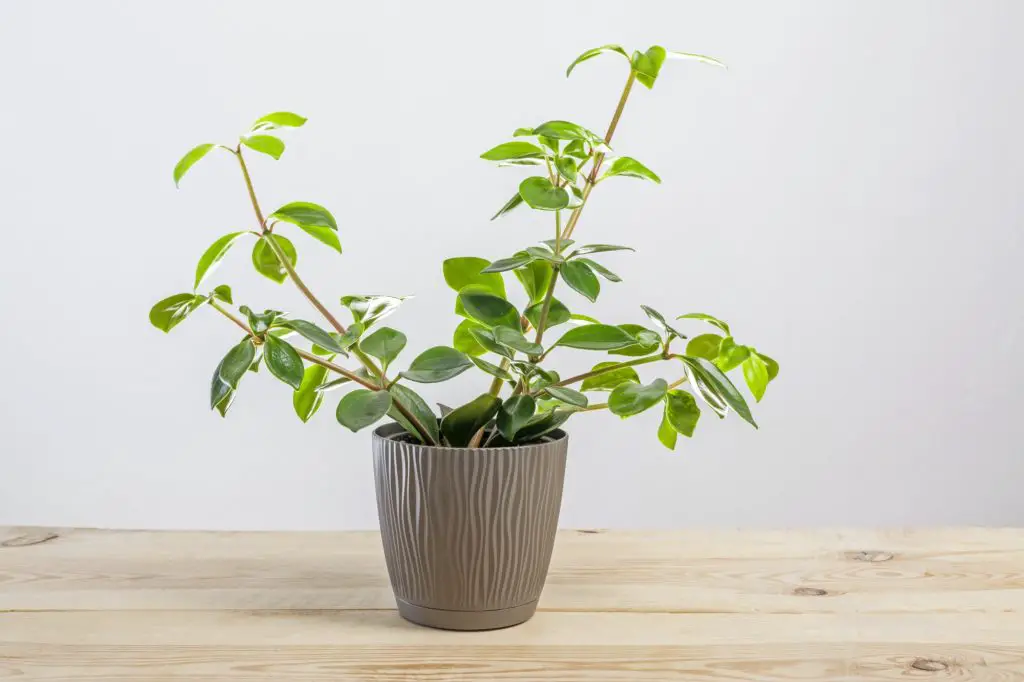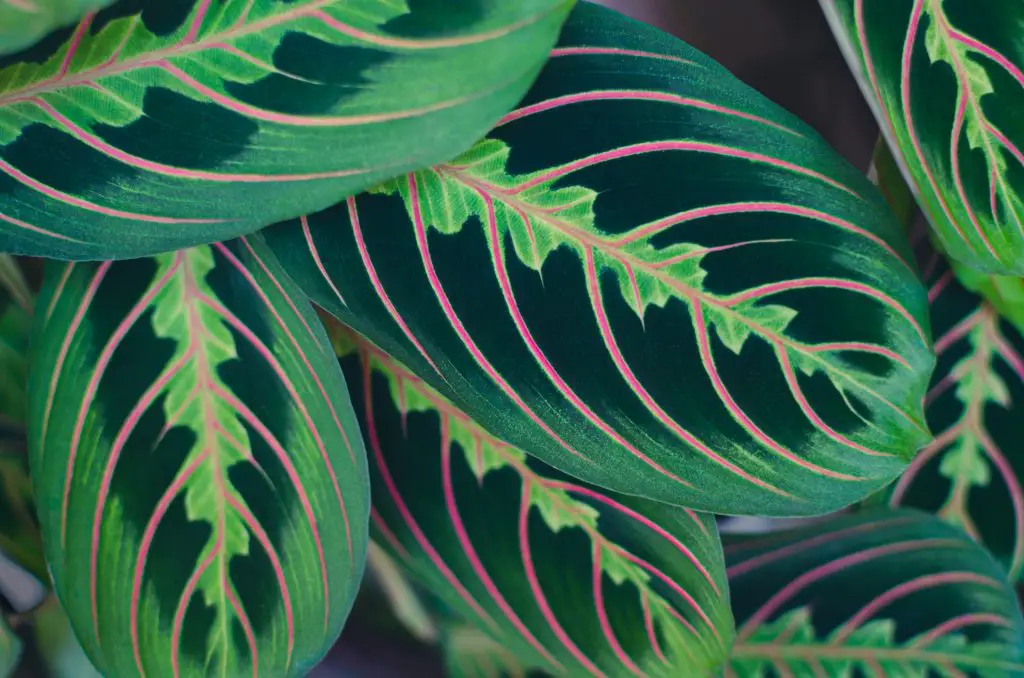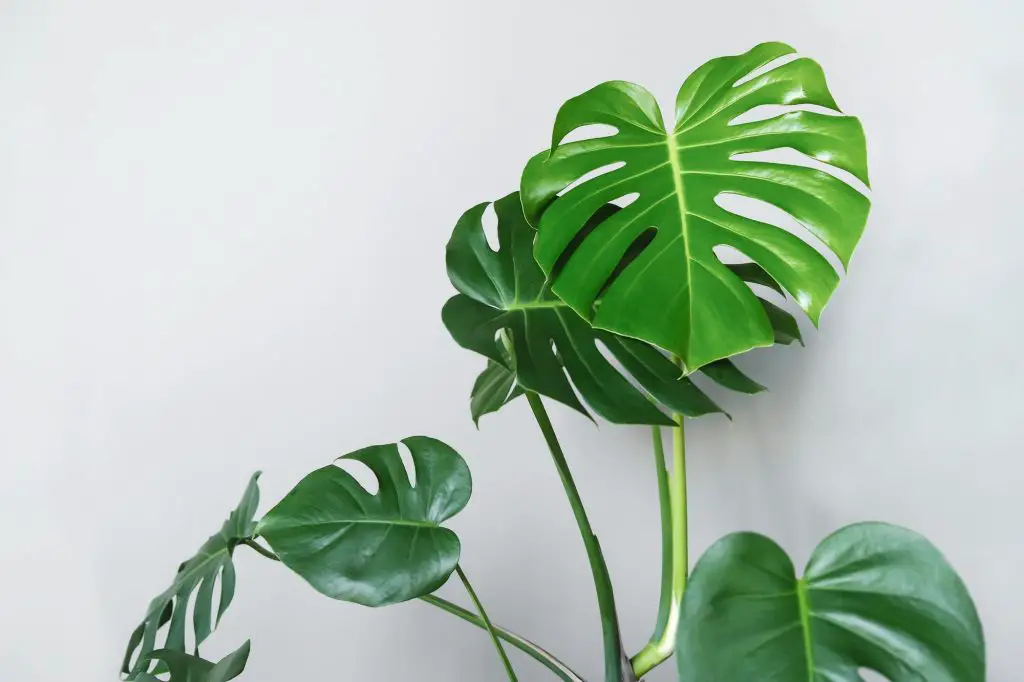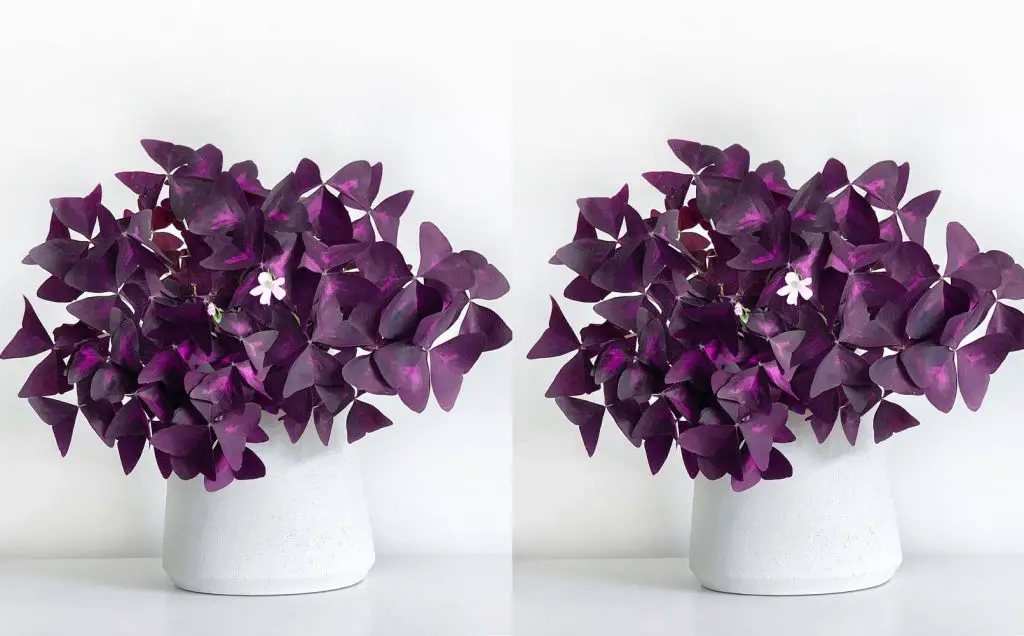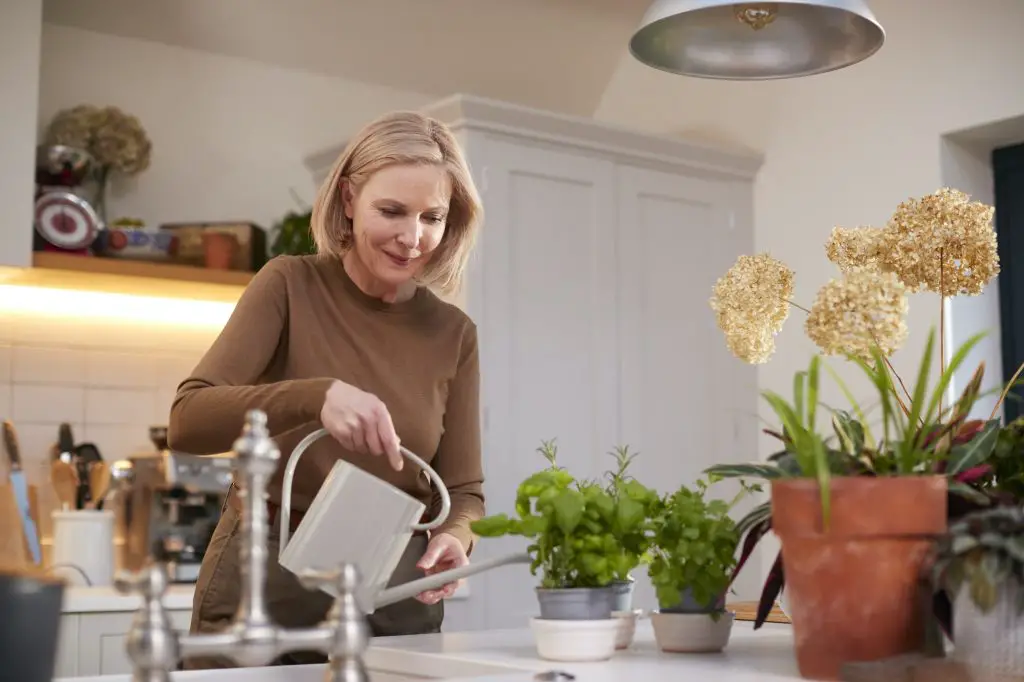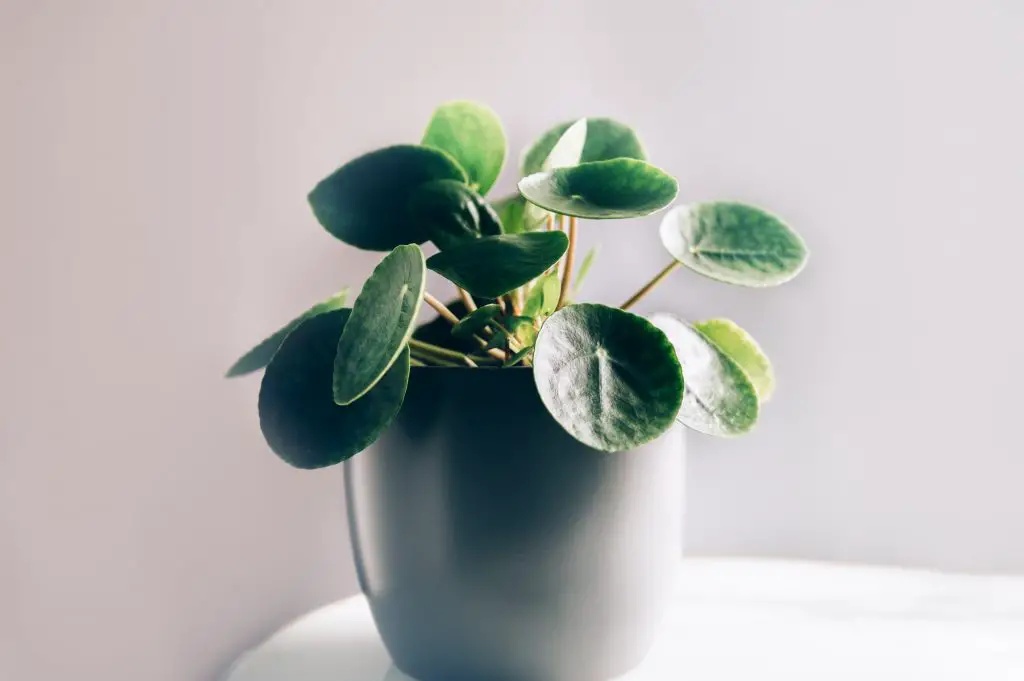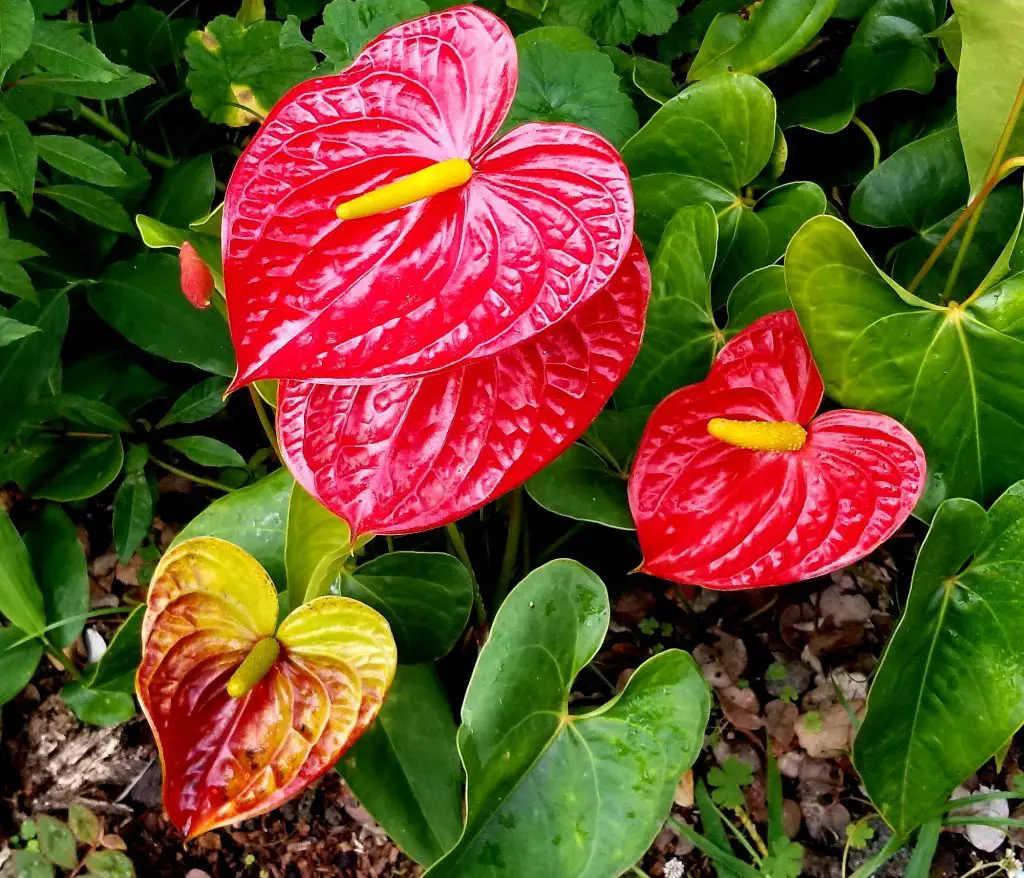Today we’re covering everything about the Peperomia plant; from propagation and growth to the simple care guide. It is always such a delight to grow plants that flowers indoors. Apart from the beauty of the plant’s foliage, you also get to enjoy the beauty that is the flower.
Unfortunately, not a lot of people have success with growing flowering houseplants. The reasons can be attributed to a lot of things, ranging from the plant type or care routine given to it. We have heard a lot of people complain that flowering house plants are not easy to grow.
Do you think this is true? Regardless of what your answer is, we have decided to help you with one of the easy flowering plants you can grow indoors – The peperomia plant. If you haven’t had any success with growing flowering plants indoors, then you should try this, following our care routine.
Table of Contents
Peperomia Plant Background
| Common name | Radiator plant |
| Botanical name | Peperomia spp. |
| Plant type | Perennial |
| Light | Bright, indirect light |
| Soil pH | Neutral to acidic |
| Soil type | Moist, well-drained |
| Toxicity | Non-toxic |
| Native | Mexico, South America. |
Peperomia plant is a genus of tropical plants that are known for their attractive foliage with glossy leaves.
The plant is from the Piperaceae family and it is known to have over 1500 species. The plant hails from tropical regions in Mexico and South America and it is known to have oblong, fleshy heart/arrow-shaped leaves. As an indoor plant, it grows to about 12 inches high, while smaller varieties grow to only 6 inches.
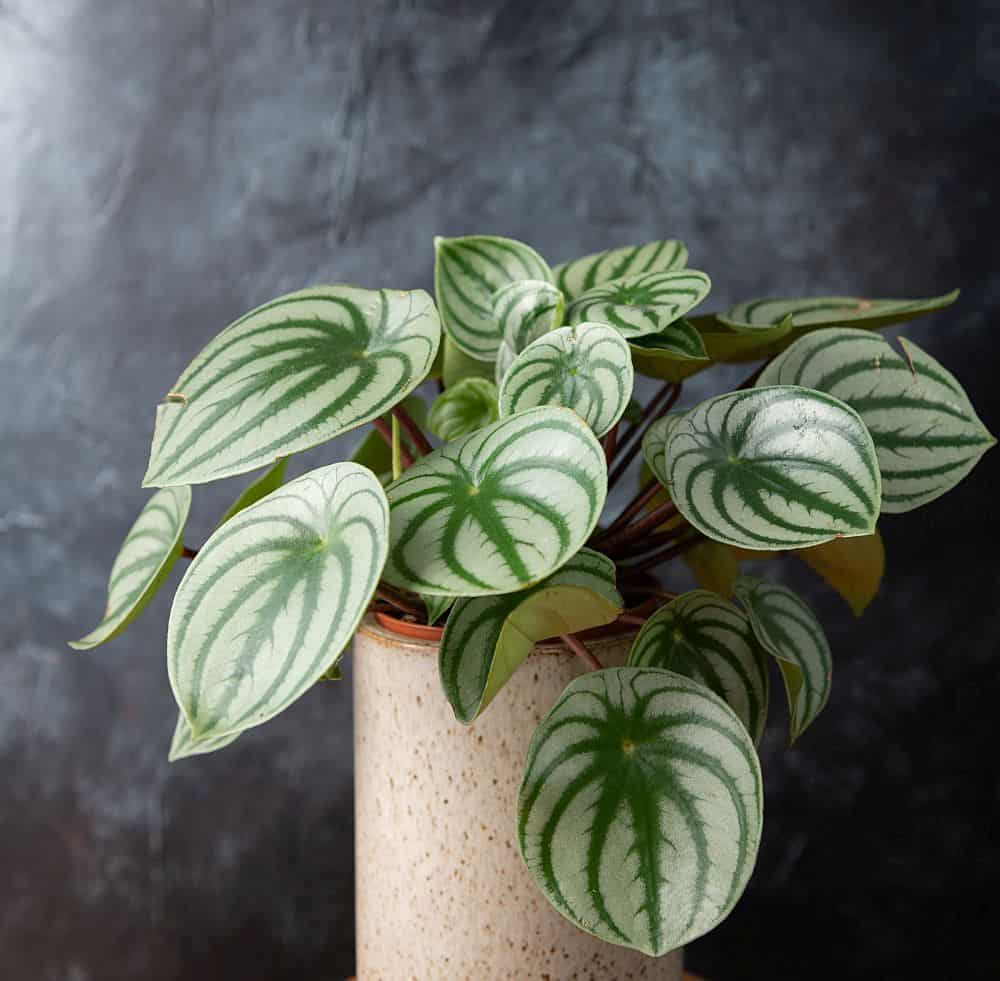
Peperomia is a slow-growing plant; however, it is quite easy to grow. It can be raised inside or outdoor, in planters or not. The different varieties of peperomia come in different shapes, textures, and colors, which include red, green, purple, gray, marbles, etc. There is one or more for you to grow in your home.
The peperomia plant is grown first for its beautiful foliage and flowers, and then for its easy growth. It is known as drought-tolerant, which makes it a choice for beginner gardeners; this can also be attributed to its thick, fleshy leaves. The plant can be grown all year as long as it is given the right care.
Peperomia Plant Requirements
It can be hard to identify plants in the peperomia family, however, they have some things in common; they are slow-growing and have low maintenance plants. Here’s all you need to get started.
1. Light
Mimicking the plant’s natural habitat, the peperomia thrives best in bright, indirect light. The plant will not tolerate being placed in any sort of shade. This is because it requires light to produce more leaves, and maintain its colors.
You could place them in the morning light and filtered light. They can also make do with about 12 to 14 hours of artificial light. Although they enjoy bright light, they should never be exposed to full, direct sun rays. This can burn their leaves and cause their death.

2. Water
Peperomia plants are succulent plants and it is common for succulent plants not to require frequent watering to thrive. It is best to allow the topsoil to get dried in between watering. Remember the peperomia plant is drought tolerant, hence it can endure staying dry than being overly wet. Over-watering the plant can cause root rot or fungal/bacterial problems.
3. Humidity
As the tropical plant that it is, peperomia plants want to be raised with high humidity. You could place them in a high humid environment in your homes, such as the bathroom or the kitchen, or provide other means of getting increased humidity, such as peddle trays, regular misting, and humidifiers, here’s the guide to getting one.
4. Temperature
Peperomia plants in their natural habitat were found in a warm environment. They are hardy to USDA zone 10, this indicates that they cannot be raised or grown in temperatures less than 30 degrees F. The peperomia can grow at the average room temperature; however, the right temperature for your peperomia is between 65 degrees F and 75 degrees F.
Temperatures do not enjoy a sudden temperature change, they should also be kept away from draft.
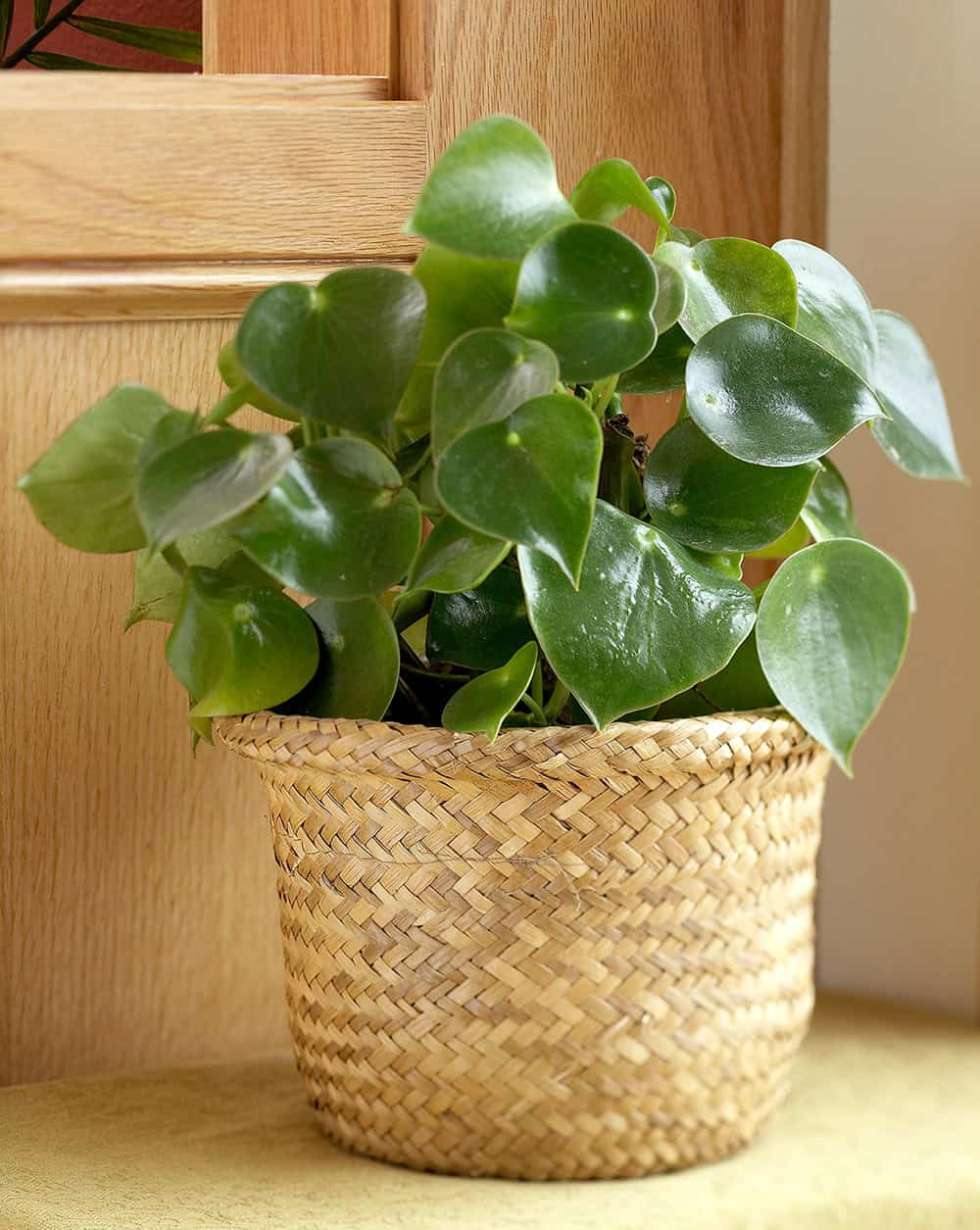
5. Soil
The peperomia can live in a variety of conditions, however, it requires well-draining soil to grow properly, and this helps the soil maintain its vibrancy and health. A regular potting mix with peat and perlite is right for your plant. It will help the plant maintain the right moisture level.
You could also make use of loamy soil, this will help the water drain properly and prevent certain infections that overwatering can cause.
6. Fertilizer
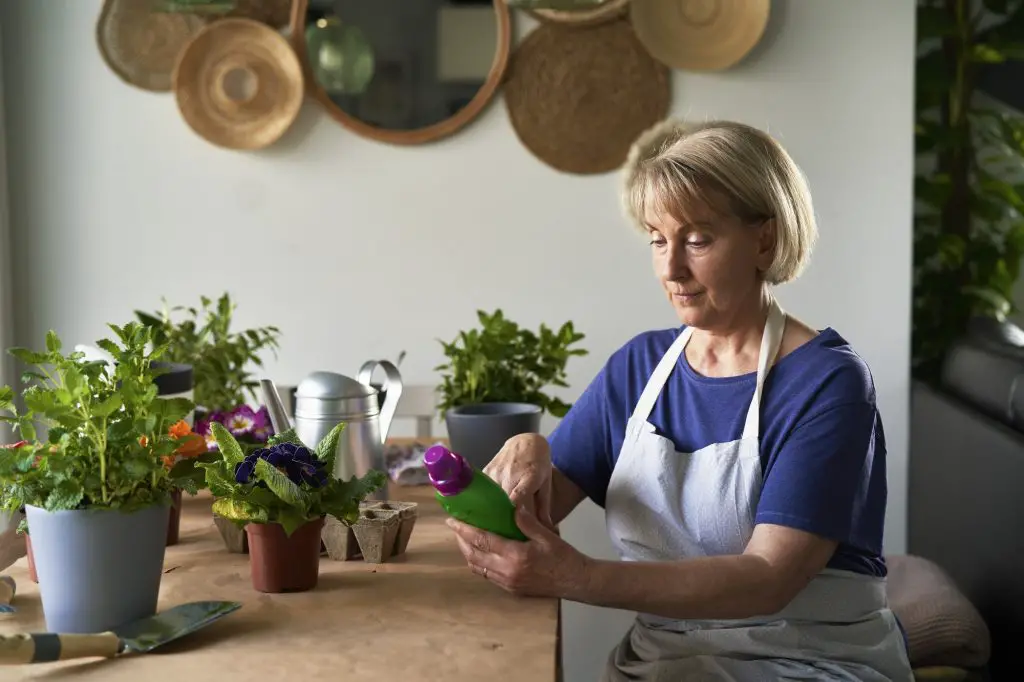
Your peperomia may not require too much feeding. They are supposed to get all the nutrients required from the soil, which should be rich in organic matter. If you must feed them, make use of liquid fertilizer for houseplants and only feed them once in 2-3 months. This should also be done during the growing season.
Do not over-feed your plant as this can hinder its growth. You can flush out the fertilizers in between feeding, to prevent the buildup of mineral salts. Once provided the right care, the peperomia will grow properly without additional fertilizer.
Peperomia Plant Propagation
You do not have to worry about all aspects of the peperomia and this includes propagating it. Propagating it is as easy as caring for it. You can propagate this plant via stem cutting, either in water or in soil. Follow the process below.
Propagating Peperomia In Soil
- Pick a healthy peperomia plant and make some cuttings from it.
- Remove the bottom two leaves and dip the end of the stem in rooting powder.
- Place the cutting in a container of potting mix and water thoroughly.
Propagating Peperomia In Water
- Pick a healthy plant and make the same size of cutting.
- Get rid of the lower leaves and place the stem cutting in a jar of water. change the water from time to time.
- In about 2 to 3 weeks, the plant should develop its rooting system.
- Move the cutting into a container filled with potting mix, give it the regular peperomia condition and let it grow.
How To Care For Your Peperomia Plant
The following are the care guide you need for your peperomia.
- Pruning the peperomia plant is quite essential; even better, it is very easy to prune. Pruning helps give them a fuller appearance and helps maintain their ornamental look. You could also get rid of yellow/dead leaves to help others stay healthy.
- The peperomia flowers unfortunately do not have a smell you can look forward to. However, the flowers are an indication that your plant is healthy.
- Peperomia plants may suffer from gnats, mealy bugs, mites, etc. However these insects and diseases are usually associated with watering problems. You should observe your watering routine and adjust.
- Diseases like fungal infections can also hinder the health of your plant. They should be prevented by giving your plant the right amount of water.
- Black spots on your plant can indicate the presence of Rhizoctonia, phyllosticta, etc. Cut out the infected part and discard, so they do not infect others. Make sure to prune your scissors, before and after to prevent the spread of the infection.
- Yellowing leaves are usually a result of poor watering, lighting, or temperature. You should check your care routine and adjust accordingly.
- Peperomias are non-toxic to both humans and animals.
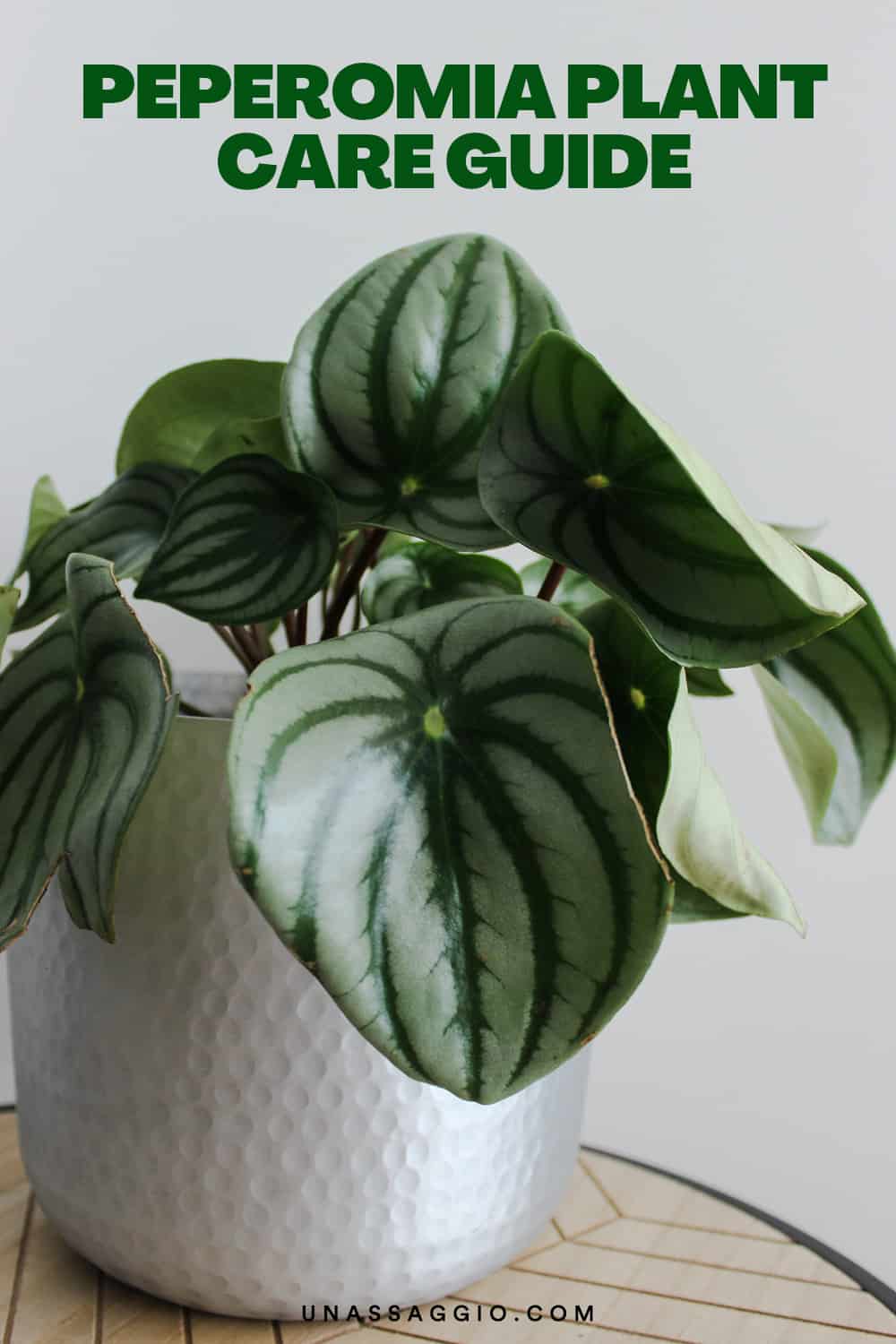
Final Thoughts
Peperomia allows you have the luxury of growing flowers and enjoying beautiful foliage all in one plant, indoor!
There are a wide number of varieties to choose from and they all have the same care routine, although there might be slight changes, depending on the variety you purchase.
You can get rid of common houseplant pests by spraying natural insecticides i.e. Neem oil, you could also get rid of them by cleaning your plant with water and mild soap.
You’ll find these useful:

